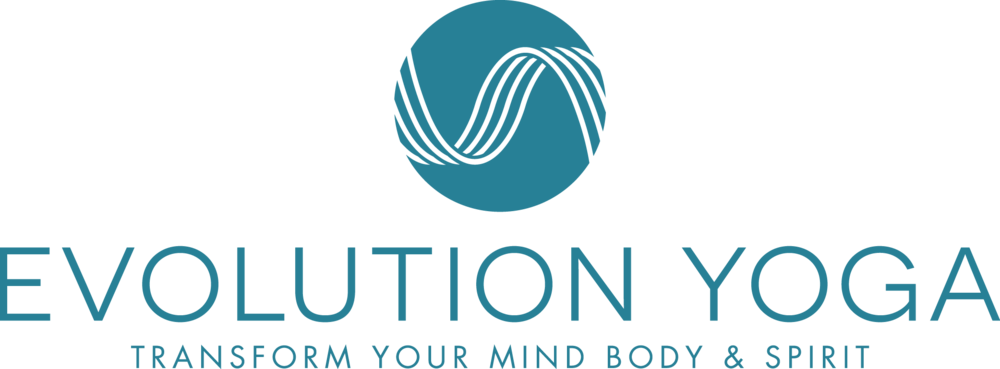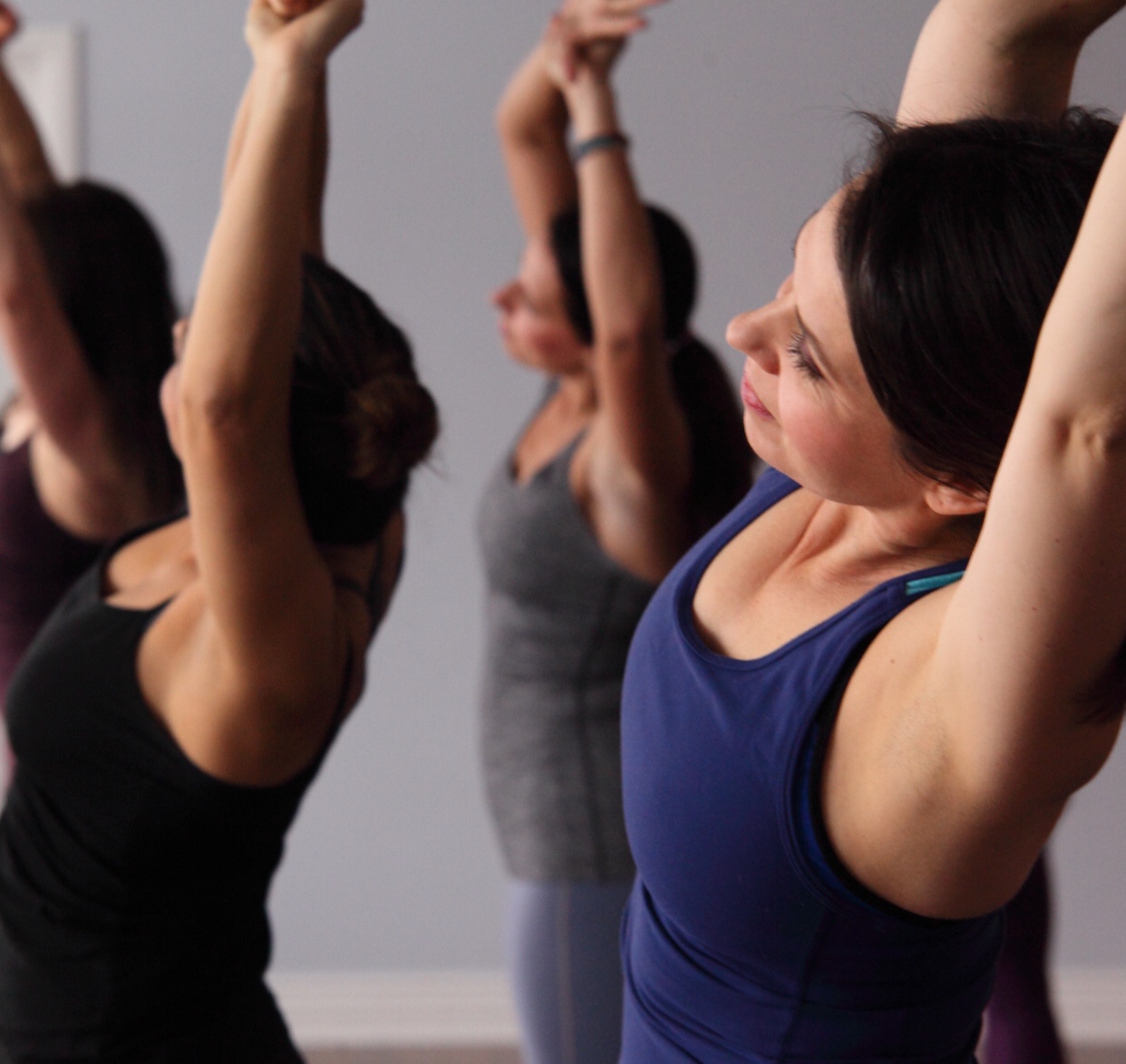by Erin Ipjian
As a yoga teacher, I think one of the most important skills we can develop is that of the art of communication. I reflect on the content I share and the words I choose all the time to ensure that they convey what I actually intend.
Here’s a term I recently found myself using - “full expression of the pose.” I’ve said it many times before in class, but this time - as the words left my mouth - I realized I wanted to refine that language. It’s a well-intentioned phrase often heard in the yoga community meant to capture the version of the pose you might see in “Light on Yoga” or “Yoga Journal.”
What bothers me about the term is that it creates a hierarchy of practices. It suggests that any expressions of the pose besides the “full” are merely lead ups...that maybe our students will finally do the real yoga when they someday reach the “full expression of the pose.”
To be clear, I love challenging myself and my students in the practice, but I firmly believe that our asana practice is designed to embody the fundamental principles of yoga: integration and wholeness. Sometimes when practicing Trikonasana, for example, I feel integrated taking my bottom hand to the floor. Sometimes I don’t. If I’m really paying attention as I move, I can sense that each day I come to the mat, my expression of the pose - where I sense wholeness, integration, and cohesiveness - is a little different.
I believe my work as a yoga teacher is to empower students with the understanding that the yoga is happening now - in their current expression of the pose. And that they are the only person in the room who can determine what their full expression of the pose is that day. And, while we will always continue to explore, be curious, and refine, the place where we find wholeness and integration (aka yoga) is when we are actually paying attention, observing, and allowing the form to be what it is.


